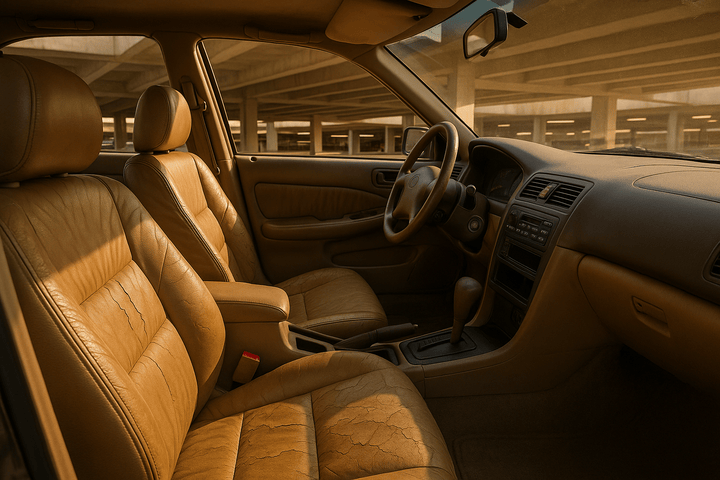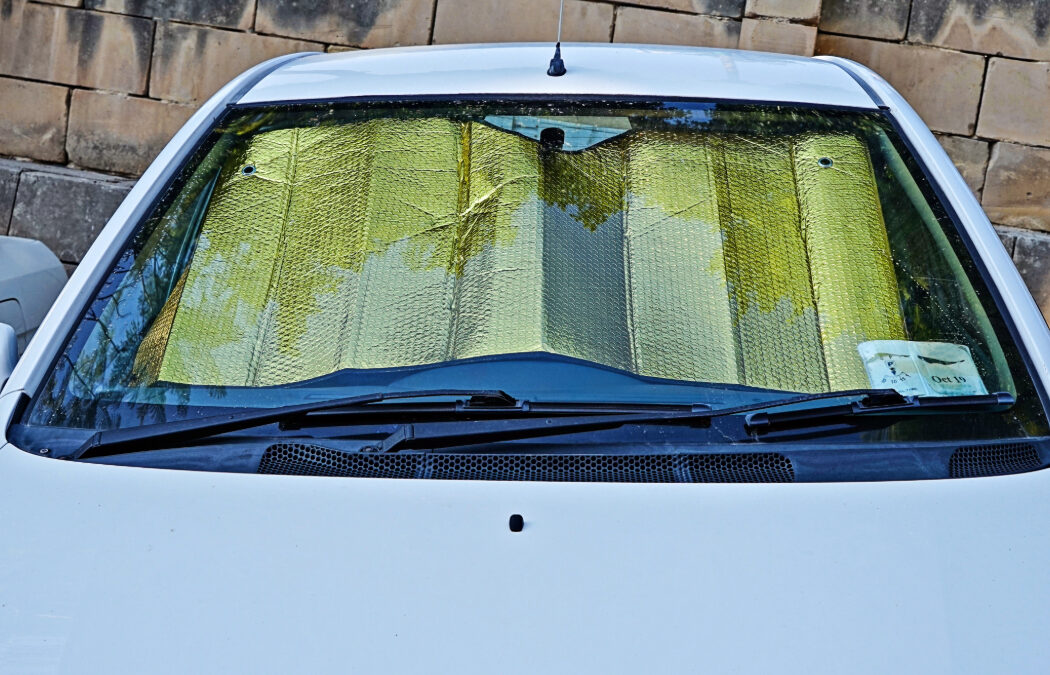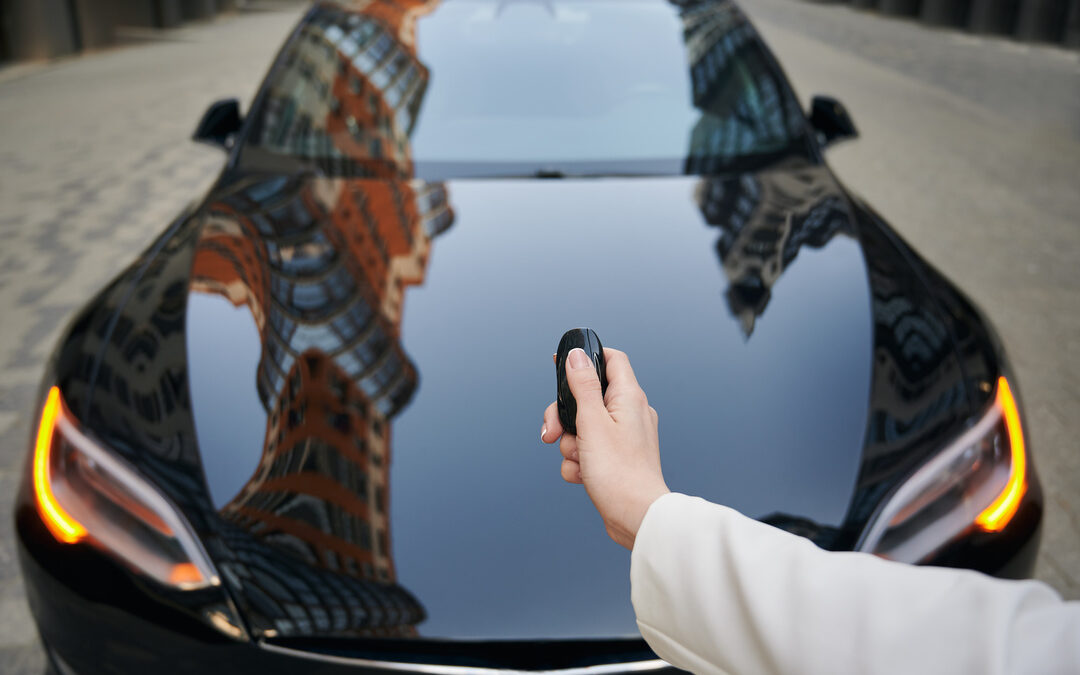Massachusetts summers are no joke. Hot. Sticky. Blinding sun. And if you’re still driving without proper window tint, your car is suffering every time it sits in the sun.
Here’s why getting your windows tinted before summer hits is one of the smartest moves you can make this year.
How Massachusetts Summers Can Wreck Your Car’s Interior
Your car’s interior takes a beating when summer rolls in.
Without tint, your cabin can hit over 120°F in direct sunlight. That kind of heat fades leather, cracks dashboards, and fries electronics.
Here’s what else summer heat does to unprotected cars:
- Leather seats dry out and peel
- Steering wheels become too hot to touch
- Plastic panels and trims warp or discolor
- UV rays break down window seals and headliners
A properly tinted car blocks heat and UV rays before they ever touch the inside of your vehicle. The team at Flying Window Tinters explains how modern tint keeps your cabin materials protected, longer.

The Real Difference Tint Makes in Heat and Glare Reduction
Good tint doesn’t just block sun—it transforms your driving experience.
- Ceramic tint can block up to 50% of solar heat and 99% of UV rays
- It also cuts down harsh glare, especially during sunrise and sunset
- Less sun means less squinting, fewer headaches, and safer driving
If your car turns into a sauna every time it sits in a parking lot, tint fixes that. No more blasting the AC for ten minutes before you can drive.
Why Factory Tint Is Not Enough in New England Heat
Think your car is already tinted because the rear windows are darker? Think again.
Factory tint (also called “privacy glass”) is not real window film. It’s just dyed glass. It blocks some visibility, but it doesn’t block heat or UV rays the way real tint does.
Here’s what you need to know:
- Factory tint only cuts visible light, not infrared or UV
- It won’t keep your car cooler in the summer
- You still need professional window film to get full heat and sun protection
This is why many car owners apply ceramic film over factory-tinted windows. It boosts protection without changing the appearance too much.
For more details on how to pick between ceramic and dyed tint, take a look at our guide comparing ceramic vs dyed window tint in New England.
How to Choose the Right Tint for Comfort and Legal Limits
In Massachusetts, you can’t just throw on any tint you want. There are legal limits, and failing inspection is not worth it.
Here’s the legal breakdown:
- Front side windows must let in at least 35% of light
- Windshields can only have a 6-inch strip at the top
- Rear windows can be darker, but be careful with visibility at night
If you want darker tint for medical reasons, you can apply for a Massachusetts tinted glass waiver. Make sure to read the full MA vehicle tinting rules so you don’t end up on the wrong side of an inspection.
Get Your Car Tinted Before the Summer Heat Hits Hard
The closer summer gets, the longer the wait times at quality tint shops. Prices go up, bookings fill fast, and you don’t want to be stuck in traffic sweating like it’s a sauna.
Here’s what to do now:
- Choose ceramic or carbon film for real heat protection
- Skip cheap dyed tint that fades or bubbles
- Pick a shop that offers a lifetime warranty
- Book early before shops hit full capacity
Our post on tinting Teslas and EVs includes tips on how to find legit installers if you’re driving an electric vehicle in Massachusetts.
Massachusetts summers are brutal on your car. Window tint is one of the easiest, smartest upgrades you can make before the heat waves hit.
It keeps your car cooler. It protects your interior. It makes driving safer. And when done right, it lasts for years.



0 Comments